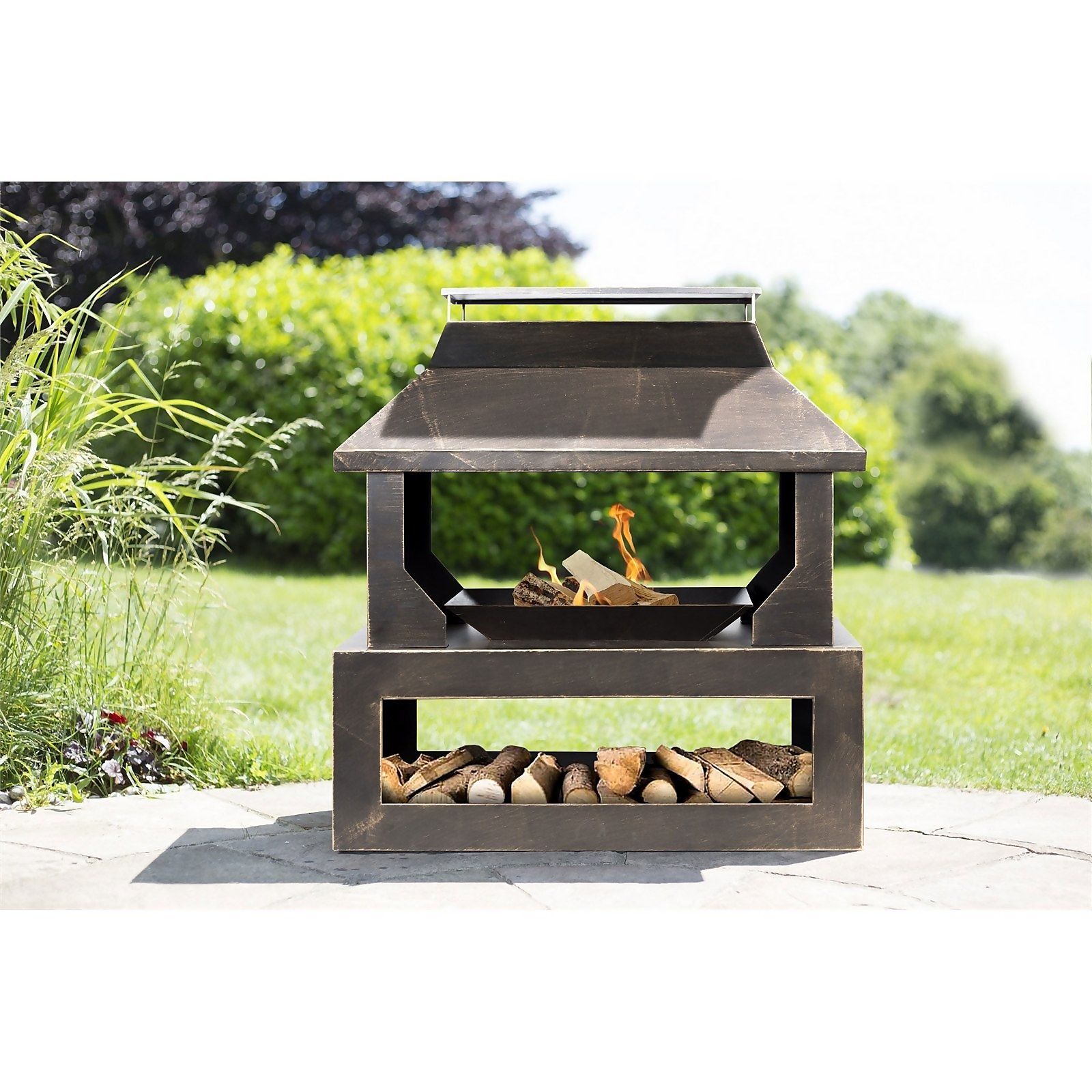Fire is identified as the heat and gentle that can come from burning substances – crucial obviously for every propane patio fire pit. In explaining the essential necessities for fire, several speak of the “fireplace tetrahedron.” In other words, besides the initial “fireplace pie” of energy, heat and oxygen, they include the next essential of compound reaction. Fireplace leaves use all! It is necessary for people to understand the portion each of these represents in producing fire so that individuals can put it to use within often illumination our fire opening and blocking or extinguishing undesirable fires. Like, to put out a oil fireplace on the oven, turn fully off the oven (removing the heat) and cover with a lid (removing the air that feeds the fire). This may also benefit those contemplating investing in a fireplace hole, supporting them to determine which fire sets are best for them.
So to obtain a greater concept of what can cause fire in your fireplace gap, let us take a look at these four basic elements. Provided the proper conditions, most elements can burn off or combine with air in combustion, a substance procedure that liberates heat. (Remember that fire is the heat and mild caused by combustion.) However, the temperature where points may burn in fireplace sets, named the ignition place or kindling stage, ranges in line with the substance. As an example, the kindling level of film, nitrocellulose, is 279 levels Fahrenheit – not suggested for use within fire pits. For wool it’s 401 degrees Fahrenheit – certainly creating fire leaves difficult to light, and for newsprint 446 degrees Fahrenheit – ideal for outdoor fire pit table. What Energy should I used in my Fire Gap? Timber or charcoal can be used in many fire pits. Some fire leaves run on gasoline, a great alternative. See Creative Fire Sets for changing your fire pit to gas.
Generally, heat is offered from some other resource, such as a match or ignite, and then your fire creates enough of its own temperature to be self-supporting. When we reduce the temperature of a burning substance below their kindling point, the fire in all fire leaves should go out. Sometimes enough heat is created within elements, such as for instance in a pile of fatty cloths, to make them burst in to flames. That is called spontaneous combustion. Certain microorganisms in wet hay could cause the heat to go up rapidly, causing the hay to burn. These sources of heat can not be dismissed when considering fire elimination and security, and in deciding what things to burn off in your outside fireplace pit.
Though you will find different compounds that will combine with fuels to make heat, oxygen is the absolute most common. The requirement for oxygen to maintain a fireplace in every fire pits is shown by the fact that fuels hot in a vacuum will not burn. Sorry there will be number outside fireplace pits in place! There are specific conditions under which fuels will not produce a flame, even though gas, heat and air are present. For instance, if the proportion of normal gas in air is not between about 4 % and 15 percent, no flame will be produced; your fireplace opening won’t go!
